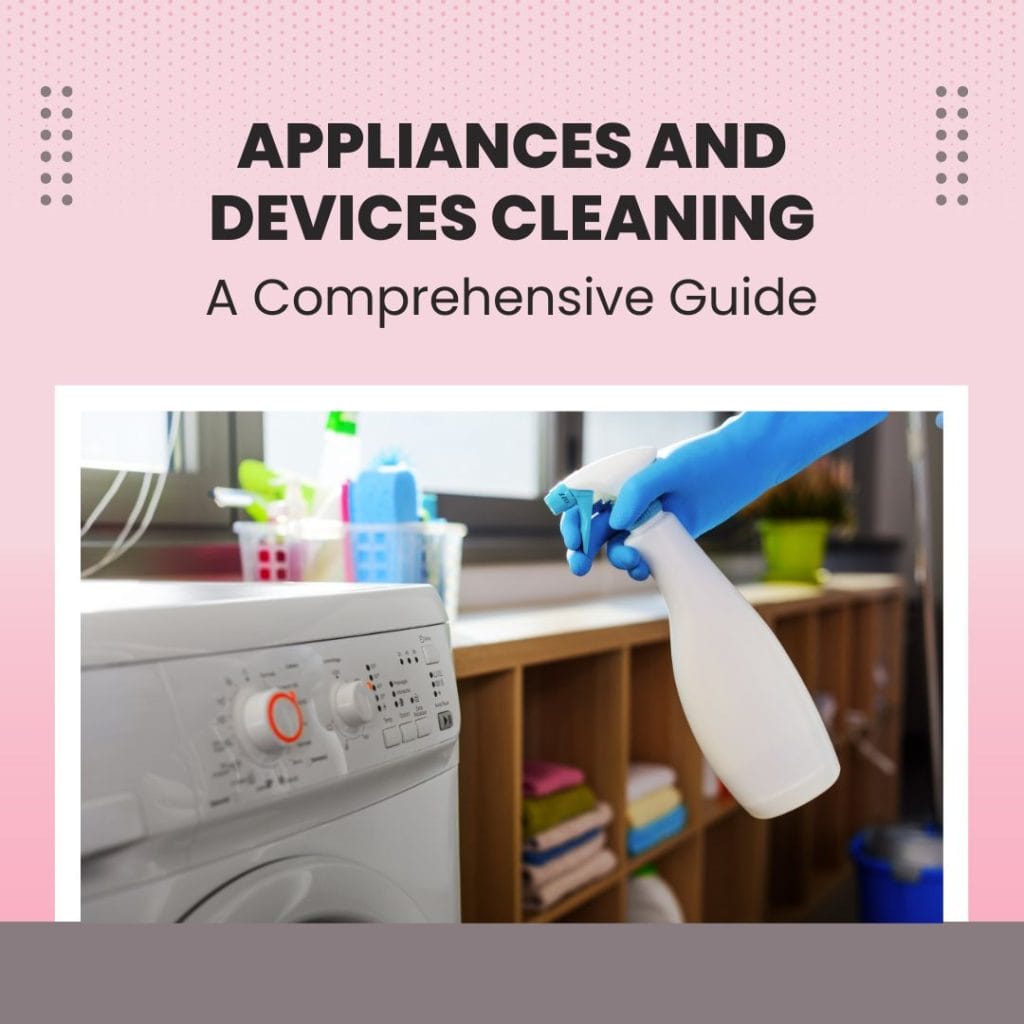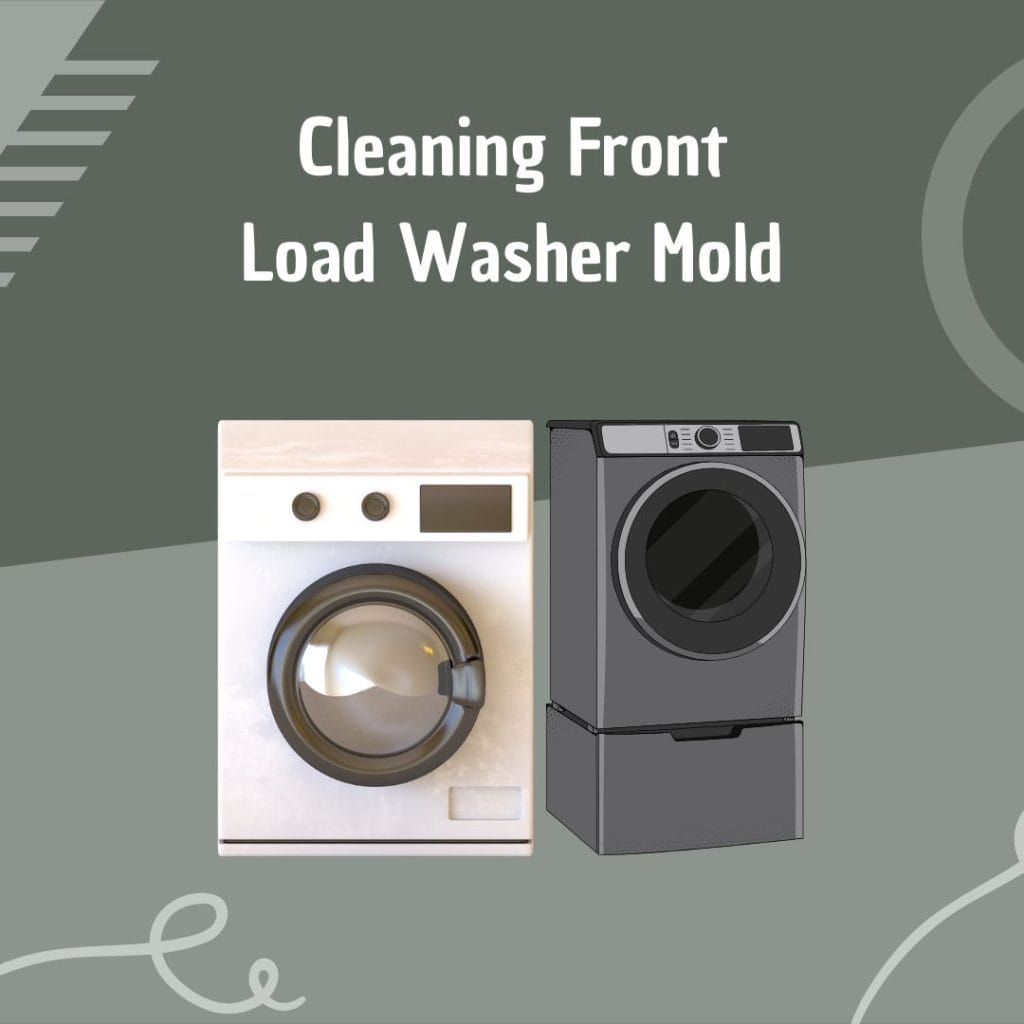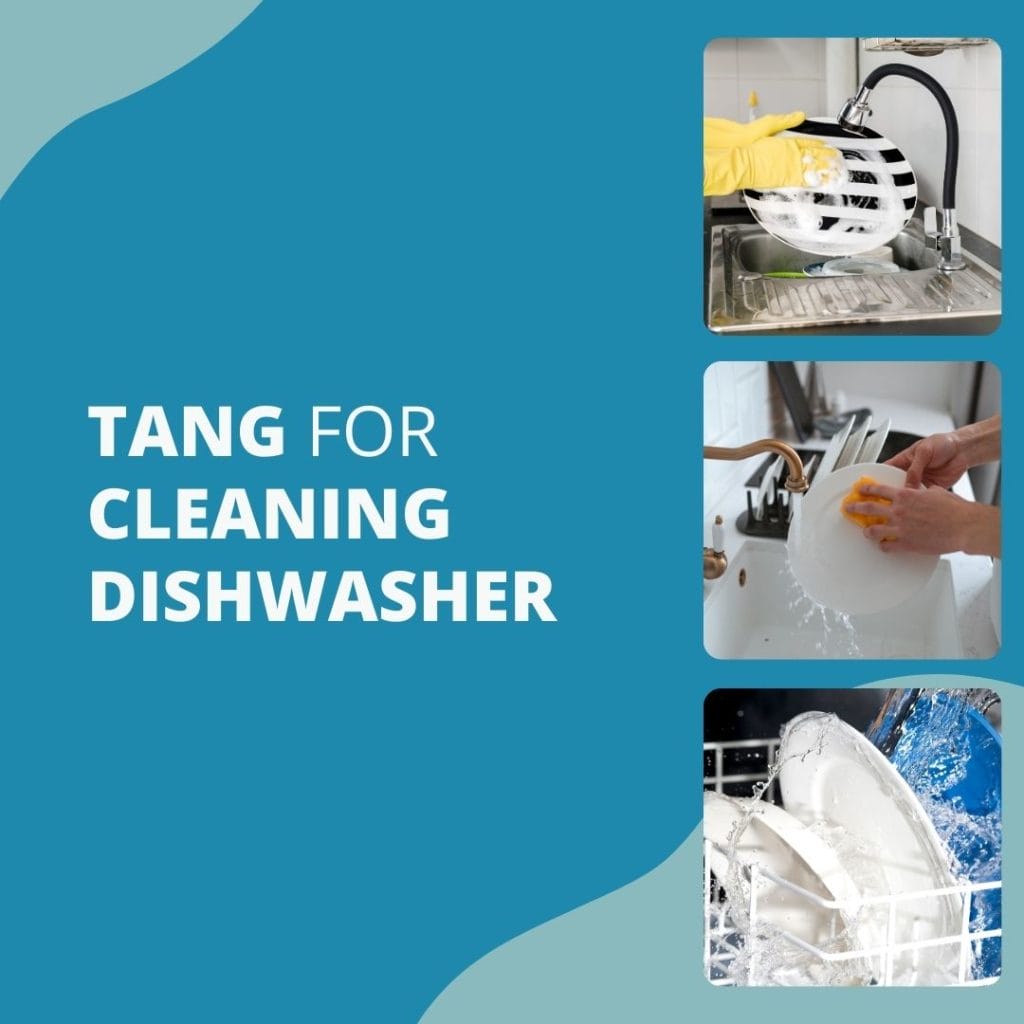In the bustling world of food service, cleanliness is more than just a priority. It’s a pledge to your customers. Ensuring a hygienic environment is paramount to your reputation, and at the heart of this cleanliness crusade is the humble yet essential three-compartment sink. Considered a cornerstone of kitchen hygiene, it’s a reliable ally in maintaining impeccable cleanliness standards. This powerful tool, divided into three compartments for washing, rinsing, and sanitizing, facilitates a thorough cleaning process, taking your utensils from soiled to spotless. Let’s explore how you can master using a three-compartment sink, ensuring your business shines in the eyes of health standards and customers alike.
Understanding the Three-Sink Method
The Three Sink Method is fundamental to understanding using a three-compartment sink effectively. It’s more than just a cleaning strategy – it’s a structured system designed to ensure every utensil undergoes a thorough cleansing and sanitizing process, ensuring optimal hygiene in your food service business. Now, let’s delve into the specific steps and uncover when the cleaning step must occur when cleaning and sanitizing a three-compartment sink.
Three Sink Method: A Guide to Manual Dishwashing
The three-sink method is a manual dishwashing process that involves a series of steps: pre-washing, washing, rinsing, and sanitizing. Initially, you pre-wash your dishes to remove large food particles. The cleaning occurs in the first sink, where words are washed with detergent and warm water. The second sink rinses off detergent residue under clean, warm water. Lastly, the third sink is used for sanitizing the dishes with a chemical sanitizing solution or hot water, effectively killing off any remaining bacteria.
Upholding Health Code Standards with This Method
Adherence to the three-sink method is essential to meeting health code standards. It ensures that each dishwashing step is thoroughly executed, minimizing potential food contamination. Moreover, it demonstrates your commitment to hygiene and safety, which health inspectors highly value. In essence, mastering the usage of a three-compartment sink is fundamental to maintaining a stellar health rating for your food service business.
Using a Three-Compartment Sink: Step-by-Step Guide
Let’s dive into the specifics with a detailed, step-by-step guide on how to use a three-compartment sink. This guide aims to provide you with a comprehensive and clear understanding of each step, ensuring you can maintain a high standard of cleanliness and hygiene in your food service business. Similar meticulous attention is required for other cleaning tasks, like the Tang Dishwasher Cleaning Hack.
Detailed steps: Pre-wash, Wash, Rinse, Sanitize, and Dry.
- Pre-wash: Before washing in the three-compartment sink, pre-wash your dishes. It involves scraping off large food particles and debris from plates, bowls, pots, and pans. This step prevents the washing water from becoming overly dirty too quickly and makes cleaning more effective.
- Wash: After pre-washing, proceed to the first compartment of the sink. Here, submerge your utensils in a mixture of warm water and detergent. Scrub each item thoroughly to remove any residual food or stains.
- Rinse: The second sink is for rinsing. Rinse off the soap and any remaining food particles under clean, warm water. Ensure all detergent is rinsed off, as it can interfere with sanitizing.
- Sanitize: The final sink is for sanitizing. Submerge the utensils in hot water or a chemical sanitizing solution to kill off any remaining bacteria, ensuring your dishes are safe.
- Dry: After sanitizing, leave the dishes to air dry. Avoid towel drying as it can reintroduce bacteria. Efficient drying racks or drainers can enhance air circulation, speeding up this process.
Highlighting Hygiene Importance of Each Step
Each step in using a three-compartment sink holds its unique importance in maintaining hygiene and ensuring compliance with health standards.
Pre-washing prevents soil and food debris from contaminating the washing water, allowing effective cleaning.
The washing step, combined with detergent and warm water, removes stubborn stains and residual food; cleaning must occur when cleaning and sanitizing in a three-compartment sink.
Rinsing ensures no detergent residue is left behind, which could otherwise interfere with the sanitizing process.
Sanitizing effectively eliminates any residual bacteria, which is crucial for safety in food service.
Finally, air drying prevents the reintroduction of bacteria, which is often associated with towel drying. Each step is vital for maintaining cleanliness and adhering to health code standards.
Choosing the Right Cleaning Agents and Sanitizers
Selecting the appropriate cleaning agents and sanitizers is a pivotal step in ensuring the optimal use of a three-compartment sink, maintaining high hygiene standards, and meeting health code requirements. Let’s delve into discussing the factors that should guide your choices.
For an in-depth look at maintaining other cleaning appliances, see How to Clean Your Washing Machine.
For insights into manual cleaning processes, refer to Correct Steps for Cleaning & Sanitizing Utensils by Hand.
Overview of Suitable Cleaning Agents and Sanitizers.
When choosing cleaning agents, use a mild detergent that removes grease and food residues without damaging your utensils. You have two main choices for sanitizing: heat sanitization or chemical sanitization. Heat sanitization involves submerging utensils in hot water at a specific temperature, while chemical sanitization uses solutions like chlorine, iodine, or quaternary ammonium compounds. Make sure to follow manufacturer instructions for correct usage.
Evaluating the Efficiency and Compliance of Various Sanitizers.
The effectiveness of sanitizers varies based on their type and application. Heat sanitization is highly effective but requires precise temperature control. Chemical sanitizers, while convenient, must be used at the correct concentration to avoid utensil damage or residual chemicals. Compliance with local health codes often dictates sanitizer choice, ensuring employee and customer safety. It’s essential to adhere to manufacturer instructions and regulations for optimal results.
Temperature Requirements and Compliance
Understanding and adhering to the correct temperature requirements when using a three-compartment sink is crucial for effectively cleaning, sanitizing, and ensuring compliance with health regulations. Let’s delve into the specifics of temperature requirements and their importance in maintaining the highest hygiene standards in your food service business.
For related appliance maintenance, check out How to Clean Front Load Washer Mold.
The Significance of Correct Water Temperatures in Each Sink
Maintaining appropriate water temperatures in each compartment of the three-sink system is crucial. In the wash compartment, warm water enhances the effectiveness of detergents in breaking down oils and food residues. In the rinse section, a comfortable temperature ensures complete soap removal. Lastly, the sanitizing sink requires a specific heat level (for heat sanitization) or a balanced temperature (for chemical sanitization) to kill off remaining bacteria effectively. Proper temperature control ensures optimal cleaning and sanitization while complying with health regulations.
FDA-Compliant Temperature Settings
The FDA provides explicit temperature guidelines for each compartment. The wash compartment should have water at a minimum of 110°F. The utensils should be immersed in hot water at least 171°F for 30 seconds for heat sanitization in the third sink. If using chemical sanitization, follow the manufacturer’s instructions, which often suggest a cooler water temperature. These standards ensure effective cleaning and sanitizing while promoting safety in food service establishments.
Common Mistakes and Best Practices
Navigating the correct use of a three-compartment sink can be tricky, and mistakes, though common, can compromise hygiene and compliance. Let’s shed light on some frequent errors and provide best practices to optimize the use of your three-compartment sink effectively and efficiently.
For broader cleaning strategies, including dealing with appliances, explore Effective Oven Cleaning Methods.
For a broader understanding of cleaning processes and costs, see How Much Does Dryer Vent Cleaning Cost.
Common Pitfalls in Three-Compartment Sink Usage
One common error when using a three-compartment sink is neglecting the correct order of operations. Users often need to pay more attention to the rinse stage or sanitize before washing, compromising the effectiveness of the process.
Another frequent mistake is not adhering to proper temperature requirements in each compartment, which can reduce the efficacy of cleaning and sanitizing and may lead to health code violations.
Users often rush the process, not allowing enough soaking or contact time in each compartment, essential for effective cleaning and sanitization.
Lastly, some choose incorrect cleaning agents or sanitizers unsuitable for their utensils, which can cause damage or leave hazardous residues.
Optimal Procedures for Cleaning and Sanitization
Adhering to the correct order of steps ensures effective cleaning and sanitization in a three-compartment sink. It’s essential to scrub, wash, rinse, sanitize, and air dry in this precise order. Maintaining appropriate water temperatures in each compartment, in compliance with FDA guidelines, is critical for optimal results. Remember to allow enough time in each compartment for thorough cleaning and sanitization. Double-check that your cleaning agents and sanitizers suit your utensils, and follow manufacturer instructions to avoid damage or harmful residues. Regular staff training on correct procedures and health code regulations can enhance your establishment’s hygiene standards and ensure consistent compliance.
Maintaining Your Three-Compartment Sink
Regular maintenance of appliances is crucial; learn the best practices in How to Clean a Dishwasher. And your three-compartment sink is the key to its longevity and continued efficacy in meeting hygiene and sanitation standards in your food service establishment. Let’s delve deeper into the steps and practices to help you maintain this essential equipment.
For broader insights on maintaining various appliances and devices, explore our comprehensive guide on Appliance and Device Cleaning Tips, which offers practical tips and tricks for a range of household items
Understanding the full scope of cleaning equipment is vital, as detailed in How to Use Hoover Carpet Cleaning Machines.
Maintenance and Upkeep Tips for the Sink
- Regularly check for leaks: Always look for leaks in your three-compartment sink. Early detection can prevent water wastage and potential damage.
- Clean regularly: Frequent sink cleaning is essential to avoid the buildup of food residues or harmful bacteria.
- Inspect faucets and drains: Regularly inspect these parts for any signs of wear and tear. Replace faulty parts promptly.
- Maintain water heaters: Regular maintenance ensures proper temperature control, critical for effective sanitization.
- Regular training: Keep your staff trained on correct cleaning, sanitizing, and maintenance procedures to ensure consistent hygiene standards.
Why Maintenance Matters for Compliance and Durability
Regular maintenance is pivotal for prolonging the functional lifespan of your three-compartment sink and ensuring it operates at peak efficiency. Besides preventing physical wear and tear, diligent upkeep ensures consistent compliance with health codes and regulations. It eliminates the risk of contamination and fosters a safe, hygienic environment in the food service establishment, thereby boosting customer trust and business reputation.
Legal and Health Code Considerations
Understanding the legal requirements and health code considerations is imperative when using a three-compartment sink. This ensures that your food service business operates within the law and upholds the highest standards of hygiene and sanitation. Let’s delve into these specifications to ensure your operations are always compliant.
Understanding the risks involved in appliance maintenance, like with ovens, can be crucial. Read about Understanding Risks of Self-Cleaning Oven Interruption.
Health Code Standards for Three-Compartment Sinks
Health codes mandate that food service establishments use a three-compartment sink for washing, rinsing, and sanitizing.
The order of these steps is critical and non-negotiable: first, utensils must be washed in the first compartment with detergent and warm water. The rinsing process occurs next in the second compartment with clean water. Finally, the sanitization process occurs in the third compartment using a sanitizing solution or hot water, per FDA guidelines.
Each step must be carried out at specific temperatures to ensure effective cleaning and sanitization. Non-compliance can result in health code violations, tarnishing your establishment’s reputation and potentially leading to legal ramifications.
Legal Implications of Non-Compliance.
Non-compliance with health codes and regulations can lead to serious legal consequences for your food service establishment. Violations may result in penalties, fines, or even temporary business closure until corrections are made. Persistent non-compliance could lead to the revocation of your health permit, effectively shutting down your operations. It’s important to remember that legal proceedings are public records, and such incidents can significantly damage your establishment’s reputation, impact customer trust, and ultimately affect your bottom line. Therefore, understanding and adhering to the correct procedures when using a three-compartment sink is not just about hygiene—it’s critical for the continuity and success of your business.
Conclusion: Ensuring Safety and Hygiene in Your Business
In conclusion, knowing how to use a three-compartment sink effectively is crucial for maintaining high hygiene standards in your food service business. Adhering to the correct order of steps—including understanding when the cleaning step must occur when cleaning and sanitizing—ensures your utensils are thoroughly clean and sanitized. Regular maintenance and adherence to health codes further enhance the safety and cleanliness of your establishment. By prioritizing these practices, you ensure your customers’ health and secure your business’s success and reputation. Remember, cleanliness is not merely an option; it’s a responsibility contributing to your overall business success.
Broadening your cleaning knowledge can be beneficial; see Essential Makeup Brush Cleaning for more.











